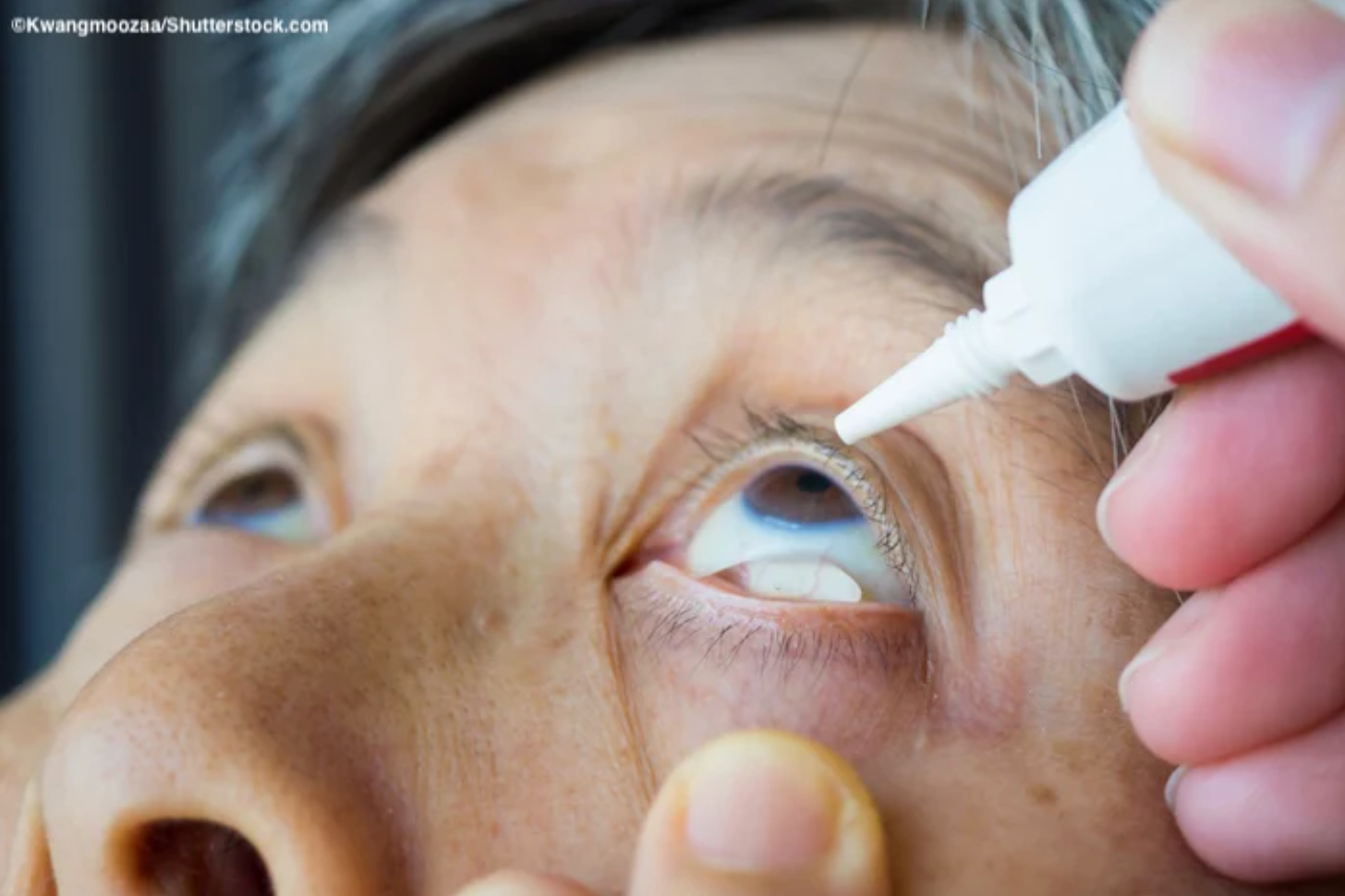Homeostasis is the Holy Grail in dry eye disease


Ocular surface disease is one of the most discussed topics in eye care. Much of the reason for this is threefold: our increasing level of understanding of the pathophysiology of the condition, availability to new advanced diagnostics, and the development of therapeutics and in-office treatments.
A recent Google search on “ocular surface disease,” “dry eye,” and “meibomian gland dysfunction” yielded 20,800,000; 1,160,000,000; and 296,000 results; respectively. As the knowledge base on ocular surface disease increases, it becomes critically important to continue to siphon down the information into clinically relevant, actionable items that empower eye care practitioners to provide treatments that allow measurable improvements.
Related: 10 new treatments in eye care
The need for additional pathophysiological information is critical because this is the basis that provides future treatment options. With greater knowledge, the profession is empowered with increased availability of advancing treatment options which will ultimately improve outcomes. But in a clinical setting, decisions must be made on a patient-by-patient case to determine the best treatment. So, intuitively, the best way to do this would be for the profession to understand a unified definition of ocular surface disease to alleviate disease manifestation.
A unified definition
When we think of glaucoma, a chronic condition of optic neuropathy, many would agree with a definition such as: Glaucoma is a complex disease in which damage to the optic nerve leads to progressive irreversible vision loss.
Treatment goals are fairly consistent for glaucoma; reduce intraocular pressure to a point where progression appears to halt. ODs know that the majority of patients who have glaucoma are asymptomatic. As such, everything ODs use to treat glaucoma patients are based on objective clinical findings.
Related: How to create an ocular surface disease treatment protocol
Dry eye disease varies dramatically from this. If a room of clinicians were asked to name the condition, you would hear different names: dry eye disease, dry eye, meibomian gland dysfunction, ocular surface disease, etc. Even in this blog post, it has been referenced in two ways.
If ODs were to ask a room of fellow eyecare professionals to write down their best definition of dry eye, it would also vary dramatically. Some would be more descriptive of symptoms that a patient would describe, others would utilize a definition that describes the physical findings, and some would utilize a description that combined both signs and symptoms.
Related: 5 lessons I learned from visiting another dry eye practice
In 2017, the Tear Film and Ocular Surface Society (TFOS) gave the profession the best working definition of dry eye as follows: “Dry eye is a multi¬factorial disease of the ocular surface characterized by a loss of homeostasis of the tear film, and accompanied by ocular symptoms, in which tear film instability and hyperosmolarity, ocular surface in¬flammation and damage, and neurosen¬sory abnormalities play etiological roles.”1
This is the introduction of homeostasis into dry eye disease.
Balance of homeostasis
This concept is so critically important to keep at top of mind when managing any medical condition. We, often times, think of systemic conditions such as diabetes as abnormal glucose readings or high levels of hemoglobin A1c.
Related: Better manage nocturnal lagophthalmos for dry eye patients
In actuality, there is a loss of homeostasis with the body’s ability to regulate glucose levels causing the signs and symptoms that will manifest in these patients. It is then these abnormal readings that will trigger a physician to alter environmental factors in an attempt to restore homeostasis. At times this can be done with simply modifying lifestyle decisions such as diet and increasing physical activity. If this doesn’t help restore homeostasis or move the patient to a more homeostatic state, the physician will pursue prescriptive options that will help return the glucose control to a more homeostatic state.
When ODs think about dry eye disease, the concept of homeostasis is absolutely critical. Sometimes, ODs attempt to simplify the disease with labels such as evaporate or aqueous deficient. In actuality, dry eye is a disruption of homeostasis that will manifest in the signs and symptoms that present in office. As such, it is important to identify what is disrupting homeostasis as targets for treatment efforts.
Related: Experts offer advice to ODs starting dry eye subspecialty
Homeostasis of the functional ocular surface involves an intricate balance among the lipid, aqueous, and mucin layers to provide a stable surface on which to optimize vision. Additionally, it requires lubrication to help the lids blink over the ocular surface without discomfort, along with the ability to protect the ocular surface, including the conjunctiva and cornea, from desiccating stress.
As ODs start to see patients again on a more regular basis, keep in mind this concept of optimizing homeostasis. In doing so, we will optimize our patients’ clinical outcomes.
More by Drs Brujic and Kading: 4 uses for OCT in OD practices
References:
1. Craig JP, Nichols KK, Akpek EK, Caffery B, Dua HS, Joo CK, Liu Z, Nelson JD, Nichols JJ, Tsubota K, Stapleton F. TFOS DEWS II Definition and Classification Report.
Ocul Surf. 2017 Jul;15(3):276-283.
Newsletter
Want more insights like this? Subscribe to Optometry Times and get clinical pearls and practice tips delivered straight to your inbox.





.png&w=3840&q=75)











